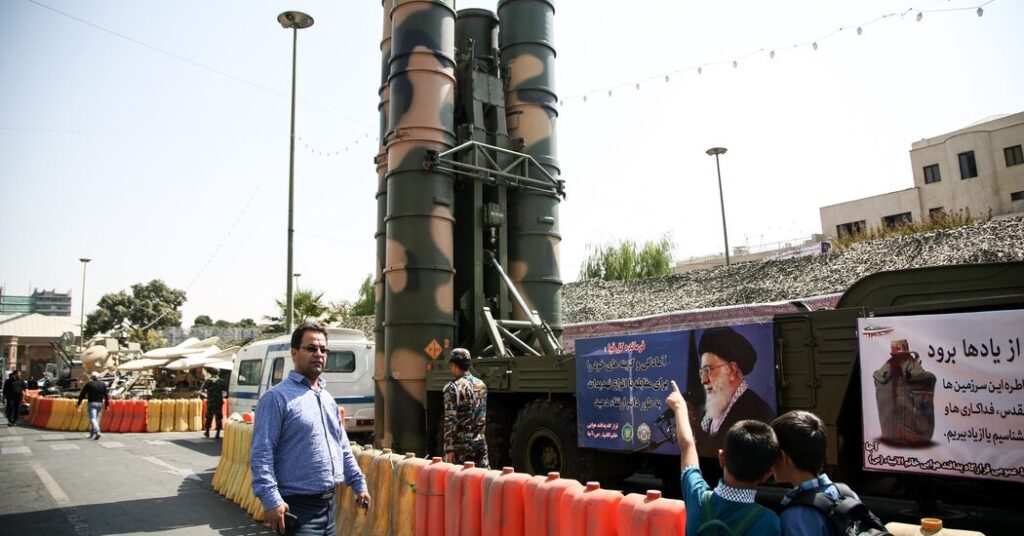Just hours after a fragile ceasefire between Iran and Israel was supposed to bring relief, a devastating Israeli airstrike hit a residential area in Tehran, leaving behind mangled concrete, shattered glass, and lives in pieces. For many like Mehdi Ferdowsi, the destruction is deeply personal.
“They hit the buildings. Only rubble is left. Nothing else is left,” Ferdowsi said, standing before the remains of his home in central Tehran. “This used to be our home. Now it’s a pile of dust.”
Iranian authorities report that more than 500 homes were damaged in the capital during the 12-day confrontation, with at least 120 completely destroyed. Tuesday morning’s strike launched just as the ceasefire was coming into effect further escalated fears among civilians already pushed to the brink.
Despite the official truce, sporadic missile and drone attacks continued throughout the day, with each side accusing the other of violating the terms. Calm only returned by late Tuesday, though skepticism remains high on the streets of Tehran.
“What’s the point of a ceasefire if it’s going to be violated?” said Masoumeh, a local woman who declined to give her surname. “They were just looking for a pretext to show their force. That’s all it was. I don’t think they gained anything. They just wanted to ruin a bunch of buildings.”
She added, “Iran doesn’t lack weapons. If it had wanted to strike harder, it could have. But it didn’t want the people to suffer more.”
The Iranian government says 606 citizens were killed and more than 5,000 injured during the conflict. But international observers are offering a grimmer picture. U.S.-based rights group WarTrack estimates the death toll at over 1,000, blaming the majority of fatalities on Israeli airstrikes, particularly in urban zones.
While Tehran and Tel Aviv both claim to have dealt decisive blows to each other’s military infrastructure, the civilian toll is becoming the most visible scar of the confrontation. Apartment blocks have been reduced to shells, roads are littered with debris, and hospitals remain overcrowded.
For residents, the priority now is neither vengeance nor politics — it’s survival.
“We have no home,” Ferdowsi said. “No work. No future right now. We’re just trying to stay together.”
As Iran and Israel eye the next phase, what remains in Tehran is a city wounded, its skyline altered, its people mourning, and its future uncertain.


